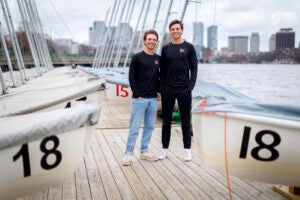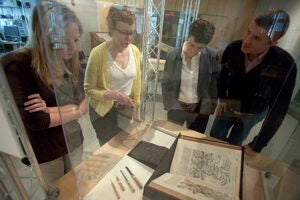Tag: Astronomy
-
Nation & World
Black holes feed on stars
New research by astronomers at the University of Utah and the Harvard-Smithsonian Center for Astrophysics shows that supermassive black holes can grow big by ripping apart double-star systems and swallowing one of the stars.
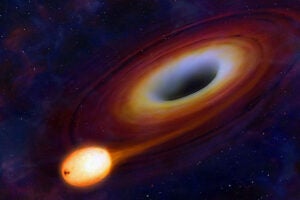
-
Nation & World
Planets, planets everywhere
The rapid rise in discoveries of planets circling other stars is changing astronomers’ views of the galaxy and the Earth’s place in it, giving impetus to the search for extraterrestrial life, astronomer and Radcliffe Fellow Ray Jayawardhana says.
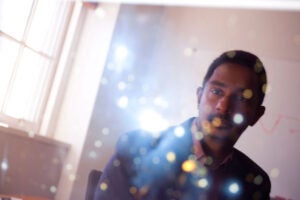
-
Nation & World
A tool to touch the sun
Harvard-Smithsonian Center for Astrophysics researcher Justin Kasper has designed an instrument that will peek out from behind a heat shield to touch the sun’s atmosphere on a NASA solar probe designed to get far closer to the sun than any before.
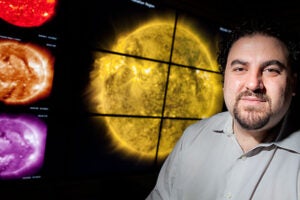
-
Nation & World
Award-winning teaching
Professor of Astronomy David Charbonneau and Professor of Organismic and Evolutionary Biology and Molecular and Cellular Biology Hopi Hoekstra have been named as the recipients of the inaugural Fannie Cox Prize for Excellence in Science Teaching.
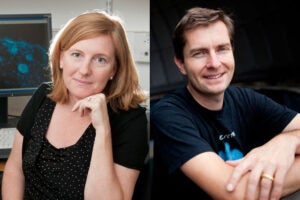
-
Nation & World
Scientific research, artfully shown
Researchers at the Harvard-Smithsonian Center for Astrophysics have embarked on an exploration unusual for space scientists — one involving art. A project probes how the presentation of images of space affects viewers’ appreciation and understanding of what’s happening in the pictures.
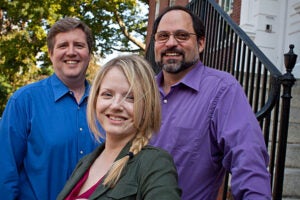
-
Nation & World
A school telescope, through the Internet
Astronomy Professor Alyssa Goodman is helping to bring astronomy to area schools, founding an “ambassador” program that combines with new software to provide an interface on the universe for students and researchers alike.
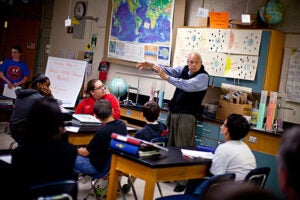
-
Nation & World
Studying the roots of life
Key amino acids important for biological life are among the ones most easily formed in nature, according to Ralph Pudritz from McMaster University.
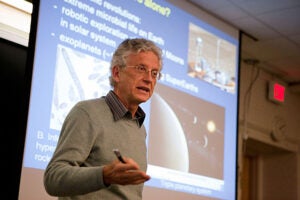
-
Nation & World
A fate in the stars
Astronomy Professor David Charbonneau is as enthusiastic about explaining his field to students as he is about researching faraway planets.
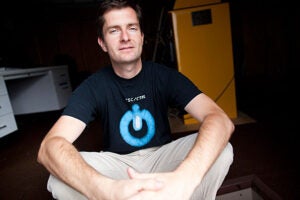
-
Nation & World
Astronomers honored for excellence, research
Harvard astronomers Robert P. Kirshner and Gaspar Bakos were honored this month (Jan.) by the American Astronomical Society.
-
Nation & World
John Huchra, astronomer, dies at 61
John Peter Huchra died unexpectedly on Oct. 8 at the age of 61. He was the Robert O. & Holly Thomis Doyle Professor of Cosmology and the senior adviser to the provost for research policy at Harvard.
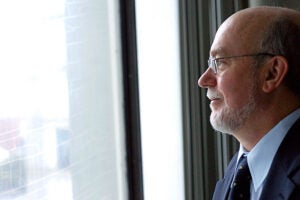
-
Nation & World
Century of scientific breakthroughs
A lecture marks the path to a Harvard exhibit of 16th century art and science, still in the making.
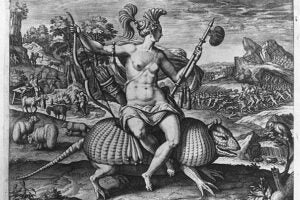
-
Nation & World
‘It is within our grasp’
Answers to questions about life in the universe is “within our grasp,” astronomer Lisa Kaltenegger said at an Origins of Life Initiative forum.
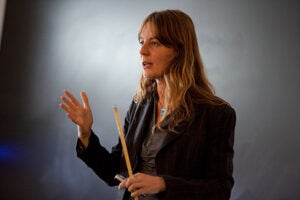
-
Nation & World
The problematic growth of AP testing
New book suggests that Advanced Placement teaching has expanded so much that it now serves many students who can’t handle the rigors of its coursework.
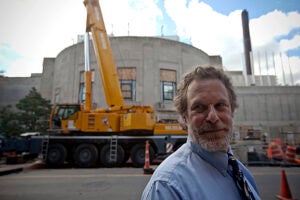
-
Nation & World
Nasa Discoveries Spark Hopes Of Alien Life
Nasa’s planet-hunting deep space observatory has found hundreds of new potential planets, sparking hopes of finding other worlds similar to Earth… Scientists say the results contradict older theories that had…
-
Nation & World
Hyperfast star was booted from Milky Way
A hundred million years ago, a triple-star system was traveling through the bustling center of our Milky Way galaxy when it made a life-changing misstep. The trio wandered too close to the galaxy’s giant black hole, which captured one of the stars and hurled the other two out of the Milky Way.
-
Nation & World
Circling Saturn:
Carolyn Porco is on a mission. As she explained to an audience of several hundred gathered at the Radcliffe Gymnasium earlier this month, in a lecture titled “At Saturn: Tripping the Light Fantastic,”…
-
Nation & World
The future is now
Harvard senior reflects on his filmmaking, including a Siberian documentary and a futuristic fantasy.
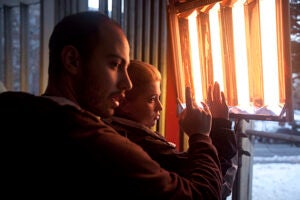
-
Nation & World
Kuss Middle School students learn about astronomy in science program
Fall River — An extended day program at Matthew J. Kuss Middle School has a group of students shooting for the stars. On Oct. 21, science teachers Sarah Chapin and Sandy Sullivan brought 26 students from their Astronomy 2 class to Harvard University to learn about a robotic telescope they are able to control from…
-
Nation & World
Icebreaker
Every month, Sarah Stewart-Mukhopadhyay fires her 20-foot gun in the basement of Harvard’s Hoffman Lab, sending shivers through the concrete and steel structure that can be picked up by seismometers upstairs.
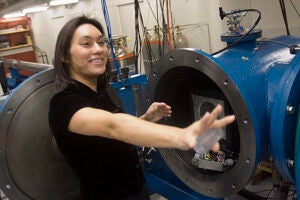
-
Nation & World
Harnessing fun for serious science
Researchers from chemistry, computer science, and astronomy are learning a trick or two from video games and investigating a new kind of computing based on graphics processing units.
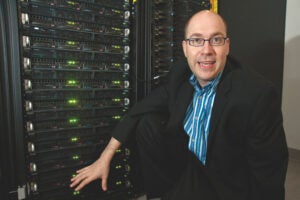
-
Nation & World
Around the Schools: Faculty of Arts and Sciences
What’s small, four-legged, and leaves dusty paw prints on telescope mirrors? That’s what astronomers at the Harvard-Smithsonian’s Whipple Observatory in southern Arizona were trying to find out.
-
Nation & World
Around the Schools: Faculty of Arts and Sciences
Astronomers at the Harvard-Smithsonian Center for Astrophysics discovered a record-breaking gamma-ray burst located 13 billion light-years from Earth.
-
Nation & World
Visitors will gravitate to ‘Black Holes’ exhibit
On Sunday, June 21, a new exhibit developed by educators and scientists at the Harvard-Smithsonian Center for Astrophysics (CfA) will open at the Boston Museum of Science. Called “Black Holes:…
-
Nation & World
Peculiar, junior-sized supernova discovered by New York teen
In November 2008, Caroline Moore, a 14-year-old student from upstate New York, discovered a supernova in a nearby galaxy, making her the youngest person ever to do so.
-
Nation & World
GSAS awards medal to four for service, scholarship
For 20 years now, the Graduate School of Arts and Sciences (GSAS) has awarded its Centennial Medal to a select group of graduates who have made significant contributions to society and scholarship. This year’s recipients: an art historian who encouraged viewers to simply look; a historian who explored the worldwide impact of slavery; an economist…
-
Nation & World
Kepler starts search for other Earths
As NASA’s Kepler space telescope this week begins scanning the Milky Way for planets that might harbor life, scientists at the Harvard-Smithsonian Center for Astrophysics (CfA) are keeping their fingers crossed and waiting for the data to start flowing.
-
Nation & World
Life in the universe? Almost certainly. Intelligence? Maybe not
We are likely not alone in the universe, though it may feel like it, since life on other planets is probably dominated by microbes or other nonspeaking creatures, according to scientists who gave their take on extraterrestrial life at Harvard last week.
-
Nation & World
Harvard astronomer Charbonneau honored with Waterman Award
David Charbonneau, the 34-year-old Thomas D. Cabot Associate Professor of Astronomy, has been named the recipient of the National Science Foundation’s 2009 Alan T. Waterman Award, and will receive $500,000 over a three-year period for scientific research or advanced study in his field.
-
Nation & World
Charbonneau gets prestigious ‘young researcher’ award
David Charbonneau, the 34-year-old Thomas D. Cabot Associate Professor of Astronomy, has been named the recipient of the National Science Foundation’s 2009 Alan T. Waterman Award, and will receive $500,000…

